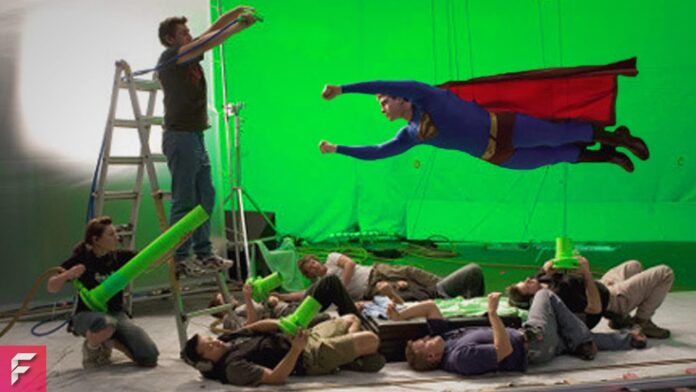Behind the Scenes: The Magic of Special Effects in Movies
Special effects (SFX) have been at the heart of cinematic storytelling, transforming ordinary scenes into extraordinary visual experiences. From practical effects to CGI (Computer-Generated Imagery), filmmakers have used a mix of innovation and artistry to bring their visions to life. Let’s explore the fascinating world of special effects and the magic that happens behind the scenes.
The Origins of Special Effects
In the early days of cinema, filmmakers relied on practical techniques to create illusions:
- Miniatures and Models: Early sci-fi classics like Metropolis (1927) used intricately detailed miniatures to portray futuristic cities.
- Optical Tricks: Techniques like double exposure and matte painting helped create fantastical worlds. For example, The Wizard of Oz (1939) used painted backdrops to expand its world.
- Practical Stunts: Films like King Kong (1933) used stop-motion animation and animatronics to bring creatures to life.
Revolutionizing Effects with CGI
The introduction of computers in filmmaking marked a new era:
- Pioneering CGI Films: Tron (1982) was one of the first movies to incorporate computer graphics, though Jurassic Park (1993) perfected blending CGI with live-action.
- Motion Capture Technology: Films like Avatar (2009) and The Lord of the Rings trilogy showcased lifelike characters, thanks to performance capture systems that translated actors’ movements into digital avatars.
- Virtual Production: Modern innovations like the LED-based “Volume” used in The Mandalorian have revolutionized the industry, creating immersive environments without the need for green screens.
Practical Effects Still Shine
Despite the dominance of CGI, practical effects remain crucial for many filmmakers:
- Christopher Nolan’s Commitment to Realism: In Inception, the iconic hallway fight scene used a rotating set, while Oppenheimer recreated nuclear explosion visuals without CGI.
- Horror Movie Effects: Films like The Thing (1982) used prosthetics, puppetry, and animatronics to create grotesque monsters.
- Explosions and Pyrotechnics: Action blockbusters like Mad Max: Fury Road relied heavily on practical stunts and real explosions to achieve their visceral intensity.
Blending Practical and Digital Effects
Some of the best films seamlessly combine both worlds:
- Gravity (2013): CGI was used for space scenes, while practical rigs simulated zero-gravity movement.
- Blade Runner 2049 (2017): Miniatures were combined with digital effects to create a stunningly detailed futuristic world.
- Interstellar (2014): Filmmakers built large-scale practical sets but enhanced them with digital elements to create the movie’s iconic space visuals.
The Unsung Heroes Behind the Magic
The creation of special effects involves a massive team of experts, including:
- VFX Artists: Responsible for CGI and digital enhancements.
- SFX Technicians: Create on-set effects like explosions, weather simulations, and animatronics.
- Prosthetic Artists: Craft lifelike masks, wounds, and creatures.
- Compositors: Seamlessly blend digital and live-action footage.
The Future of Special Effects
As technology advances, the possibilities for special effects are boundless:
- AI in Filmmaking: AI-generated effects are already streamlining post-production.
- Interactive Effects: Virtual reality (VR) and augmented reality (AR) are reshaping how movies are both created and consumed.
- Nanotechnology in Props: Real-time adaptive materials could make costumes and sets more interactive.
Conclusion
Special effects are the lifeblood of modern cinema, captivating audiences and pushing the boundaries of creativity. Whether it’s the fiery explosions of an action film or the breathtaking landscapes of a fantasy epic, SFX continue to be a testament to human ingenuity and imagination.


